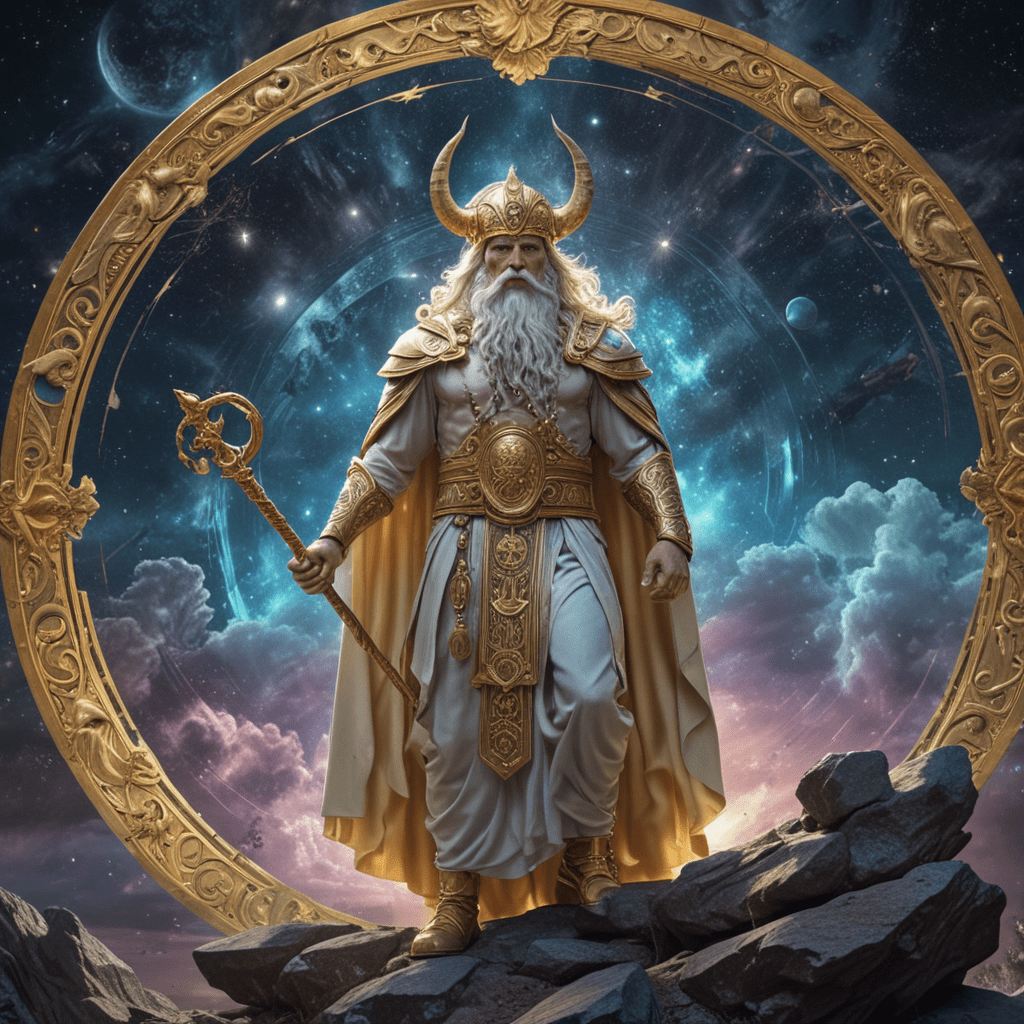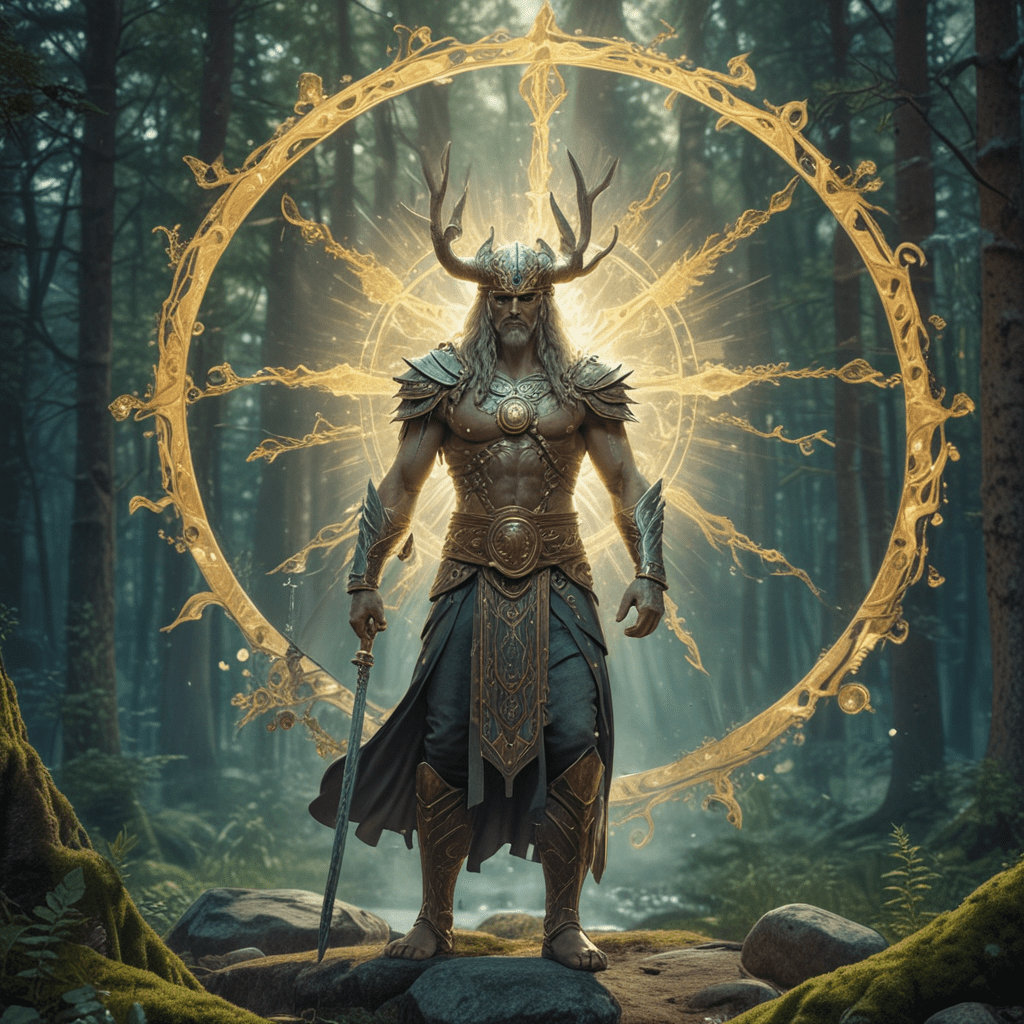The Most Outrageous Trickster Tales Ever Told
Introduction to Trickster Tales
Trickster tales are a fascinating genre of storytelling that revolve around clever and often mischievous characters who challenge the norms of society. These tales are characterized by their playful, cunning protagonists who use their wits to outsmart others, often leading to humorous or outrageous situations. Trickster figures are not just embodiments of chaos; they serve important cultural functions, providing moral lessons and reflections on human behavior.
Across various cultures, trickster tales hold significant value, offering insights into societal values, fears, and aspirations. From ancient mythologies to modern narratives, these stories have been a staple in human storytelling, capturing the imagination and provoking thought. This article will explore some of the most outrageous trickster tales from around the world, highlighting well-known characters and their outrageous escapades.
The Archetype of the Trickster
The trickster archetype has deep historical roots in mythology and folklore, emerging in various cultures as a symbol of rebellion against the established order. Common traits of tricksters include:
- Cleverness: Tricksters are often highly intelligent and resourceful.
- Deceit: They frequently use deception to achieve their goals.
- Humor: Trickster tales often incorporate humor, making them entertaining and engaging.
Examples of trickster figures from different cultures include:
- Anansi: The West African spider who is known for his cleverness.
- Coyote: A prominent figure in Native American mythology.
- Loki: The Norse god known for his mischief and cunning.
Anansi the Spider: The West African Trickster
Anansi, often depicted as a spider or a man with spider-like qualities, is a central figure in West African folklore. His stories are rich with moral lessons, illustrating the importance of wisdom and cleverness. Anansi’s tales often showcase his ability to outsmart larger and more powerful beings, using his wit to navigate challenges.
Some notable Anansi tales include:
- Anansi and the Sky God: In this story, Anansi tricks the sky god into giving him all the stories of the world, making him the storyteller.
- Anansi and the Pot of Wisdom: Anansi tries to hoard all the wisdom in the world but learns that wisdom is best shared.
The cultural impact of Anansi extends beyond Africa to the Caribbean, where he became a symbol of resilience and cunning in the face of adversity, particularly during the era of slavery.
Coyote: The Trickster of Native American Lore
Coyote is a central figure in many Native American myths, representing the duality of the trickster as both a fool and a wise teacher. His stories often feature outrageous and humorous escapades that explore themes of creation, survival, and the complexities of human nature.
Outrageous Coyote tales include:
- The Creation of the World: In some stories, Coyote is credited with creating the world through his antics and mischief.
- Coyote Steals Fire: In this tale, Coyote steals fire for humanity, showcasing his role as a benefactor despite his trickster nature.
Coyote’s antics often lead to moral lessons, emphasizing the importance of humility, respect for nature, and the acceptance of life’s unpredictability.
Loki: The Norse God of Mischief
Loki, one of the most famous tricksters in mythology, plays a complex role in Norse legends. Known for his cunning and deceit, Loki’s stories often involve outrageous schemes that create chaos among the gods. His character embodies the unpredictable nature of trickery, oscillating between friend and foe.
Key outrageous tales involving Loki include:
- The Theft of Thor’s Hammer: Loki orchestrates a plan to retrieve Thor’s stolen hammer, leading to a series of humorous and dramatic events.
- Loki’s Punishment: After causing the death of the beloved god Baldr, Loki faces severe consequences, highlighting the darker side of trickster behavior.
Loki’s trickery not only affects the gods but also teaches valuable lessons about consequences and the balance of power.
Br’er Rabbit: The Clever Southern Trickster
Br’er Rabbit is a beloved character in African American folklore, known for his quick wit and cunning ways. Originating from the stories of enslaved Africans in the American South, Br’er Rabbit embodies the spirit of resilience and cleverness in the face of oppression.
Famous tales include:
- The Tar-Baby: Br’er Rabbit cleverly tricks Br’er Fox by using a tar figure, showcasing his resourcefulness.
- Br’er Rabbit and the Briar Patch: Using reverse psychology, Br’er Rabbit escapes from Br’er Fox by claiming he was born in the briar patch, a place he knows well.
The themes of cunning and resilience in Br’er Rabbit’s adventures resonate deeply, illustrating the ingenuity required to navigate challenging circumstances.
The Japanese Kitsune: The Fox Spirit
The Kitsune, or fox spirit, is a prominent figure in Japanese folklore, known for its magical abilities and trickster qualities. Kitsune are often depicted as shape-shifters who can transform into beautiful women or other creatures, using their charm and cunning to achieve their goals.
Notable tales showcasing the Kitsune’s mischief include:
- The Grateful Foxes: In this story, a Kitsune helps a human, leading to a bond that highlights the themes of gratitude and reciprocity.
- The White Fox of Shinoda: A tale of deception where a Kitsune uses trickery to protect its territory.
The cultural interpretations of Kitsune range from benevolent protectors to malevolent tricksters, reflecting the complexity of these fox spirits in Japanese culture.
Tales from the Trickster Tradition: A Global Perspective
Trickster tales are not limited to specific cultures; they appear worldwide, showcasing common motifs and themes that transcend cultural boundaries. For instance:
- Hermes: In Greek mythology, Hermes is known for his cleverness and trickery, often outsmarting gods and mortals alike.
- The Rabbit in Australian Aboriginal Lore: Similar to other trickster figures, the rabbit uses cunning to navigate challenges and teach lessons.
The universal appeal of trickster stories lies in their ability to reflect human nature, exploring themes of deception, wisdom, and the complexity of morality.
Modern Interpretations of Trickster Tales
In contemporary literature, film, and media, the influence of trickster archetypes is evident in various characters. Modern interpretations often draw on traditional trickster traits, showcasing cleverness and humor in new settings. Characters such as:
- Jack Sparrow: From the “Pirates of the Caribbean” series, embodying the charming and unpredictable nature of a classic trickster.
- Ferris Bueller: A modern teen trickster who uses his wit to navigate high school life.
These characters resonate with audiences, demonstrating that the spirit of the trickster is alive and well in modern storytelling, continuing to teach valuable lessons through humor and mischief.




